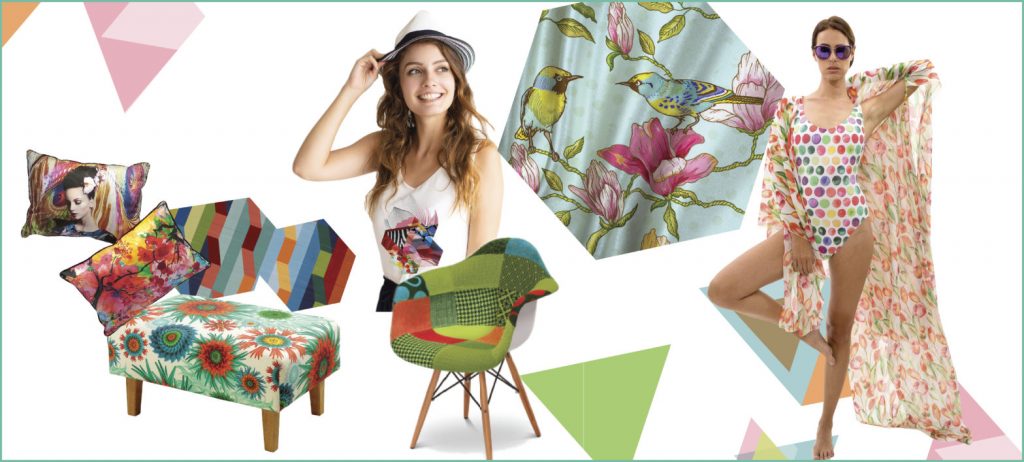What is Digital Textile Printing:
Digital Textile Printing is described as ink based method of printing colorants on to the fabric. Digital textile printing is referred to when identifying printing smaller designs on to garments and printing larger designs onto large format rolls of textile.
How Digital Printing is Done?
Designer creates the image which we need to print on a Fabric, Now it’s time to transfer the image to fabric. Digital textile printing uses inkjet technology and the first step is to pretreat the fabric with liquid solutions that prepare it to accept the dye and better absorb the color. Then it’s fed through the printer, which sprays the dye onto the textile with tiny droplets. The final step is fixing the fabric, a process that ensures the permanency of the design. Depending on the type of textile and type of dye, fixing may involve steam, dry heat, or pressure.
Kornit has developed Neo Pigment Robusto Ink for high quality printing on a variety of Fabrics and it is the most advanced single step solution for direct to fabric printing which eliminates the need for additional equipment and therefore the fastest route from design to finished product. NeoPigment inks, 100% water-based, free of heavy metals, formaldehyde and APE, making them non-hazardous, non-toxic and biodegradable. These inks require no post-treatment, supporting our waterless printing process and our support of eco-friendly fashion. Main barrier to pigment penetration is high performance of the systems, hand feel and ink prices. Kornit Presto and Robusto Ink is well known for sustainability as it is a dry process, No Waste and no harmful substances.
Advantages of Digital Textile Printing through Kornit:
- High Resolution, Flexibility and Fine Patterns
- Saving Energy and Water
- Fast Sampling and Short Term Delivery
- Zero Waste
- Unlimited Repeat Size
- Wide Range of Application

